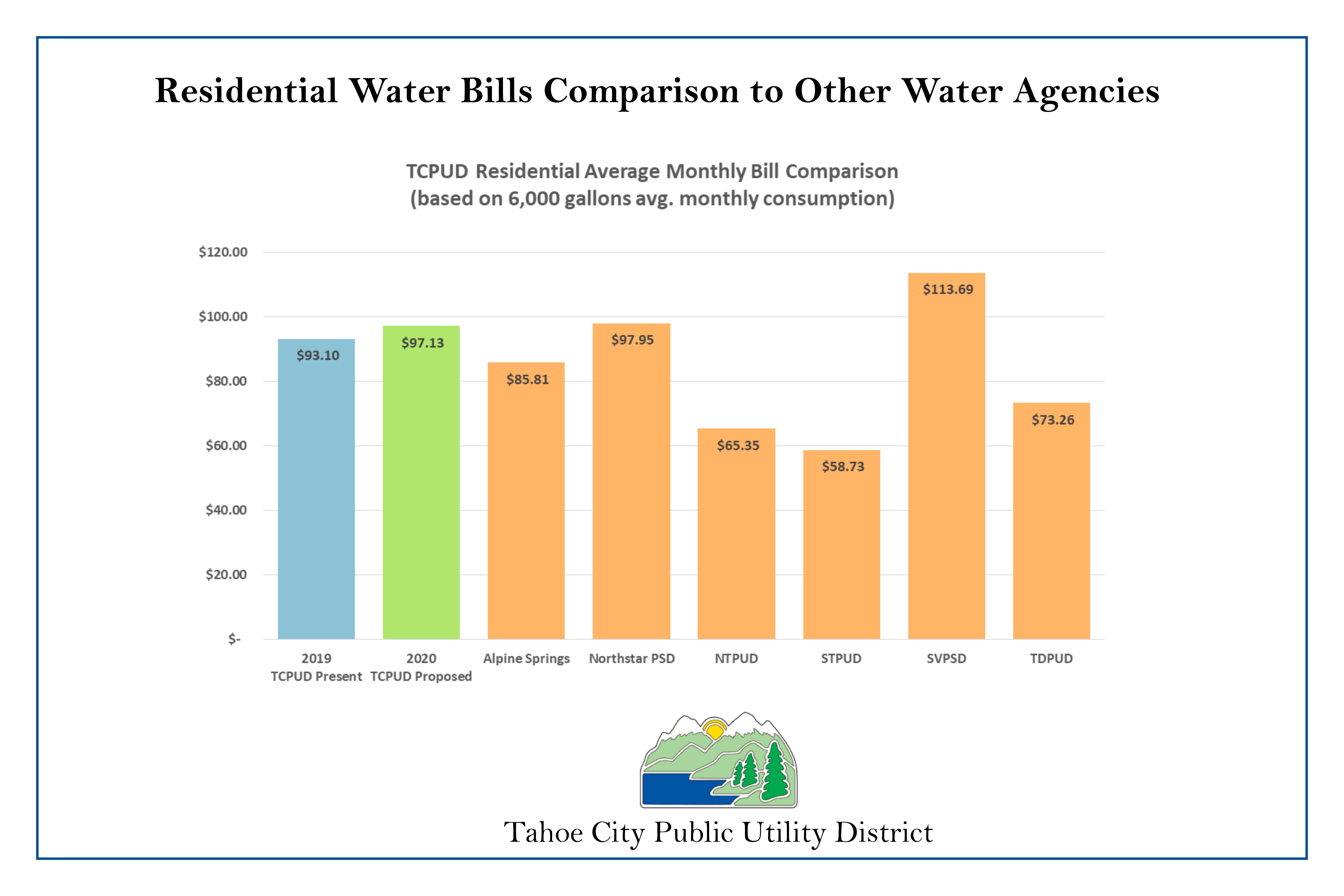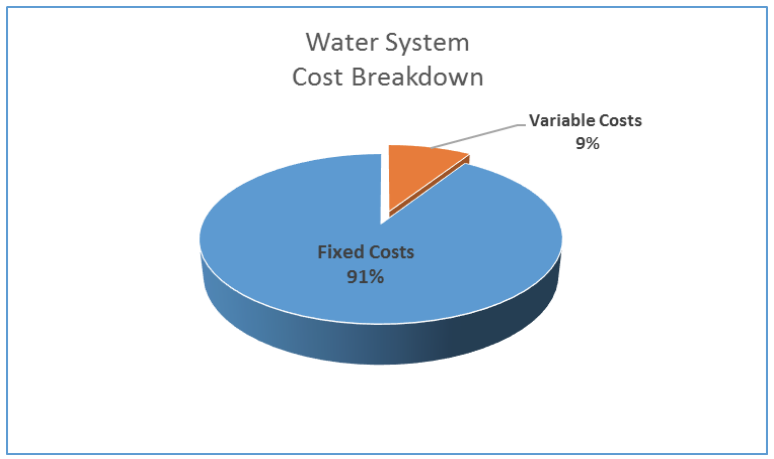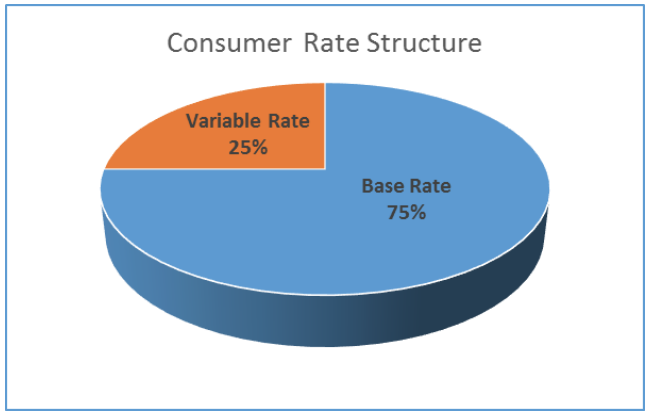How do I know my rates are fair?
Designing water rate structures is a complicated process and this question requires a somewhat lengthy explanation. Since the voter-approved Proposition 218 changes to the California Constitution, most public water systems retain outside consultants to ensure that they fairly and equitably establish the rates, meeting all the legal requirements. This ensures that all the rate-payer protections are met and that the water system does not collect more than it needs to provide the service. TCPUD just completed such a study with HDR Engineering, Inc. Here is a link to that study. |
||||||||||||||||||||||||||||
How do you use the funds I pay for water and sewer?
All revenue from water rates goes to fund operations and maintenance, debt service and capital expenditures for the water system. The same holds true for sewer. The average age of the District’s water and sewer infrastructure is over 40 years old. The District Capital Plan anticipates significant improvements and rehabilitation over the next 5 years. Rate revenue will cover only about 50% of these capital expenditures. The remainder will be paid for by a mix of grants, reserves, tax revenues, and long-term financing. The table below illustrates the Water and Sewer Capital Budgets from 2016-2020
|
||||||||||||||||||||||||||||
Why do TCPUD water and sewer rates seem higher than other areas?
Many people express concern and have questions about water and sewer rates at Lake Tahoe as compared to other areas in California or Nevada. There are numerous factors that contribute to TCPUD’s rate structure as described below. More importantly, customers are protected by revisions to the California Constitution voters approved under Proposition 218. These provisions prevent public water and sewer agencies from collecting higher rates than what is needed to provide the service. Below are descriptions of some of the cost factors that affect TCPUD rates. Cost Factors:
All of these factors contribute incrementally to the higher overall cost of providing service to our customers. Your elected Board Members and TCPUD’s management team constantly evaluate every possible cost-savings and efficiency factor. We partner with other agencies and organizations to achieve the maximize benefits for the least cost. In addition we routinely run comparisons with other Districts in our region to ensure our rates are very comparable with those in the region.
|
||||||||||||||||||||||||||||
Why is so much of the water rate I pay “fixed” in the base charge so I pay even when I am not there?
In designing water rate structures there are two competing objectives:
Public agencies across California balance these two factors in setting their rates, based on their own specific circumstances and type of population. They create a mixture of fixed or “base” rates along with consumption or “volumetric” rates in order to collect the revenues necessary to provide the service. 91% = FIXED COSTS: The vast majority of costs for delivering potable water anywhere in the state are fixed, meaning they only vary slightly based on actual water use. Maintaining millions of dollars of infrastructure and meeting increasing state and Federal water quality/consumer protection requirements are 91% of our total costs. This is similar to most other water agencies in the State. 9% = VARIABLE COSTS: These costs fluctuate on the amount of water used and are made up of pumping and treatment costs only.
If these percentages were put into a formula, TCPUD would bill 91% of its water service cost in the base rate and only 9% in consumption. However, in to better comply with conservation objectives and provide customers an opportunity to control the level of their bill, TCPUD uses a formula that receives only 75% of the revenue from base rates and 25% from consumption (variable) rates. This rate structure works towards the competing objectives established by the State and fully funds the cost of providing you water.
WIDELY FLUCTUATING POPULATION MAKE THE BASE RATE CRITICAL: Other areas of the state with stable year-round populations can depend upon collecting more of their fixed costs through their consumption rates, as customer usage characteristics are more uniform and predictable. They know that if people are in a home, they can depend on them using some amount of water. Within TCPUD, over 80% of our homes are not occupied year-round. However, we must be staffed and able to provide water service to our customers whenever they arrive. In addition, we must operate our water system to provide full fire protection whether they are occupying their residence or not. In areas such as Tahoe, widely fluctuating occupancies can leave a water system unable to support itself if too much of the revenue is dependent on the consumption rate. The base charges provide a method to equitably collect a portion of the fixed costs on the system, which benefit all customers regardless of consumptive use, while still maintaining a conservation-oriented rate to reflect the cost of increased consumption. |



